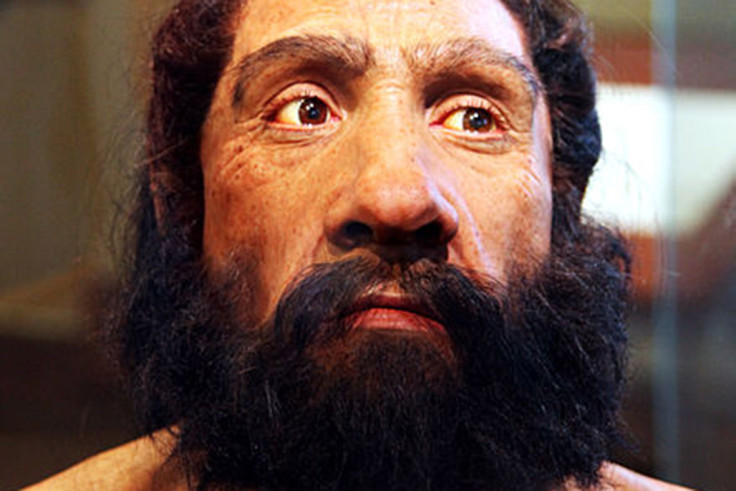Belgium: Cannibal Neanderthals butchered one another and made tools from bones
45,000-year-old bone remains in caves of Goyet point to Neanderthals eating their dead.

A group of Neanderthals living in Belgium some 45,000 years ago may have butchered and eaten each other, archaeologists have found out. The grim discovery in the caves of Goyet, close to the town of Namur, is the first evidence of cannibalism among Neanderthals in the north of Europe.
How Neanderthals dealt with their dead and whether they practised cannibalism are questions that have been heatedly debated by scientists for many years. Until now, they had only found traces of cannibalism at archaeological sites in Spain and South of France.
In this recent study, published in Scientific Reports, researchers show that this Belgian group of Neanderthal not only butchered the deceased, but also used their bones to create tools.
Human remains and bone tools
The caves of Goyet were discovered 150 years ago. In this research, the scientists identified 99 previously uncertain bone fragments as Neanderthal bones. This means the Goyet caves can now be considered as the site which has yielded the biggest amount of Neanderthal remains north of the Alps.
Some of the bones displayed cut marks, pits and notches, which suggests they have been carved by human hands. The remains also indicate processes of skinning, cutting up and extracting the bone marrow, which the researchers say is robust evidence that the dead individuals were butchered.
"These indications allow us to assume that Neanderthals practised cannibalism," says researcher Hervé Bocherens, from Tübingen University. "The many remains of horses and reindeer found in Goyet were processed the same way".
It is however impossible to say whether this was part of some symbolic cannibalistic act after the death of group members, or whether the butchering was carried out for food.
Another discovery made by the researchers is that some bones were clearly used as tools after they had been 'cleaned up'. For instance one thigh bone and three shinbones were used to shape stone tools.
Interactions between groups
After making this discovery, the researchers wondered how different this group of Neanderthals was from other Neanderthals in the region. They had not found evidence of similar treatments of the deceased elsewhere – in fact they had identified traces of proper Neanderthal burials in other parts of the region.
The researchers conducted an analysis of the mitochondrial DNA of 10 Neanderthals which revealed little genetic variation from European Neanderthals. The group at Goyet was therefore closely related to other European groups, even though their cultural practices may have been different.
"The big differences in the behaviour of these people on the one hand, and the close genetic relationship between late European Neanderthals on the other, raise many questions about the social lives and exchange between various groups," says Bocherens.
© Copyright IBTimes 2025. All rights reserved.






















